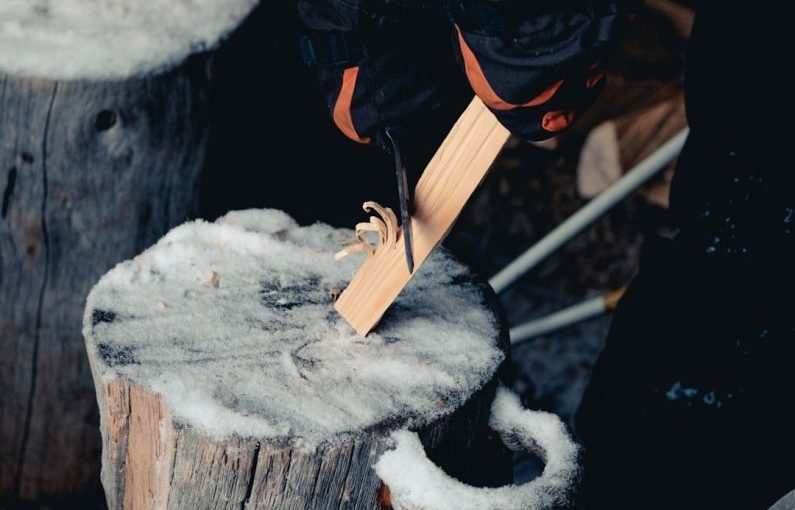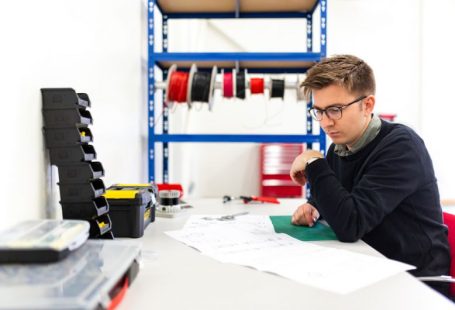Whittling, the art of carving shapes out of wood with a knife, has been enjoyed by people for centuries. It’s a relaxing and creative hobby that allows you to transform a simple piece of wood into a work of art. If you’re a beginner looking to delve into the world of whittling, this guide will provide you with the essential tips and techniques to help you master this craft.
Getting Started
Before you begin your whittling journey, it’s essential to gather the right tools. All you need is a sharp whittling knife, a piece of soft wood, and a thumb guard to protect your thumb from accidental cuts. Choose a wood that is easy to carve, such as basswood, pine, or cedar. These types of wood are soft and carve easily, making them ideal for beginners.
Basic Techniques
One of the fundamental techniques in whittling is mastering the push and pull cuts. The push cut involves pushing the knife away from you, while the pull cut involves pulling the knife towards you. Practice these cuts on a scrap piece of wood to get comfortable with the motions before moving on to your main project.
Safety First
Safety is paramount when it comes to whittling. Always cut away from your body and keep your fingers behind the blade to avoid accidental injuries. It’s also a good idea to wear a cut-resistant glove on your non-dominant hand for added protection. Remember to keep your tools sharp to prevent them from slipping and causing accidents.
Designing Your Project
Before you start carving, it’s helpful to have a clear idea of what you want to create. Whether it’s a simple animal figurine or a decorative spoon, sketching your design on paper can help you visualize the final product. Start with a basic design and gradually add details as you gain more confidence in your carving skills.
Fine-Tuning Your Skills
As you progress in your whittling journey, experiment with different carving techniques to enhance your skills. Try creating texture by making small cuts close together or carving intricate patterns to add depth to your projects. Don’t be afraid to make mistakes – every cut is an opportunity to learn and improve your technique.
Embracing Imperfections
Whittling is a craft that celebrates imperfections. Embrace the unique characteristics of your wood and let its natural grain guide your carving. Don’t strive for perfection; instead, focus on enjoying the process and the satisfaction of creating something with your own hands.
Exploring Advanced Techniques
Once you feel confident in your whittling abilities, challenge yourself with more advanced techniques. Experiment with different types of wood to see how they respond to your carving style. You can also try your hand at chip carving, relief carving, or creating intricate designs with multiple layers of wood.
Sharing Your Creations
Whittling is a rewarding hobby that allows you to create beautiful handmade gifts for friends and family. Share your creations with others and spread the joy of whittling. You may even inspire someone else to pick up a knife and start their own whittling journey.
In conclusion, mastering the art of whittling takes time, patience, and practice. By following these tips and techniques, you can embark on a fulfilling creative journey that will allow you to unleash your imagination and carve your way to beautiful creations. So grab your knife, pick up a piece of wood, and start whittling your way to a world of endless possibilities.





